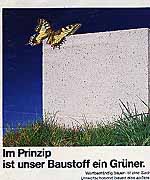
The examples prove that the green in many cases is nothing more than a façade. The examples also reveal how this leads to a frustrating contradiction. The green actors often are the first victims of the consumption instigated by their courteous cooperation.




